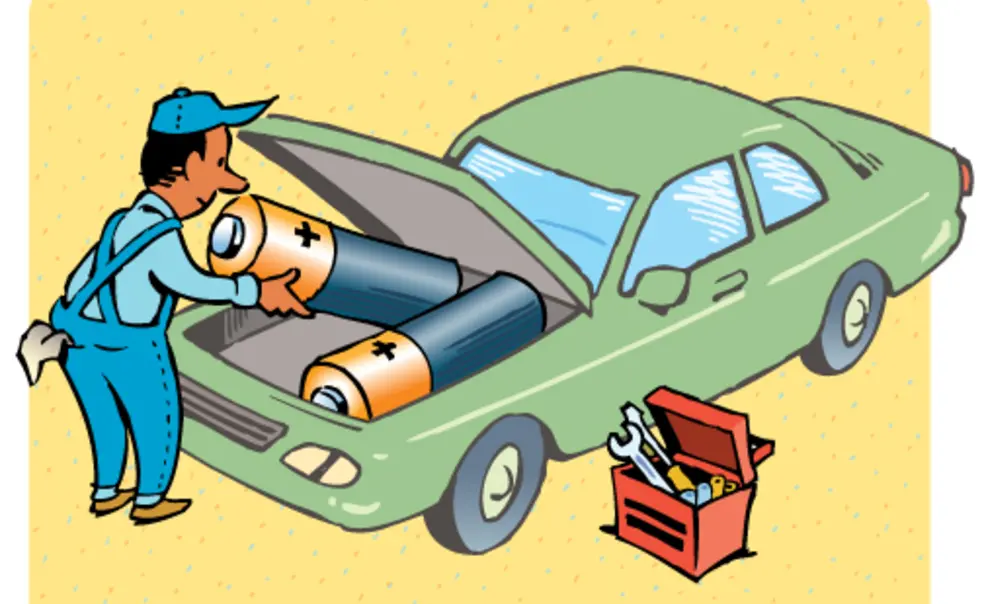Engineering: A Cheaper Battery for Electric Cars
Lower cost, longer life Electric cars are good for the environment, but two factors — their high price and short battery life — have kept them from catching on. Dan Steingart, an assistant professor of mechanical and aerospace engineering and the Andlinger Center for Energy and the Environment, is working on a less expensive battery for electric cars. He and several colleagues are developing a new technology that uses inexpensive and plentiful materials; their goal is to create a battery that has a longer life and can be recharged frequently. The target is 1,000 full recharge cycles, which would give a car that can travel 200 miles on one battery charge a 10-year lifespan.
The lithium-ion batteries used in cars today have a small but real risk of catching fire if the battery pack is damaged. Required safety precautions minimize the fire risk but add weight and decrease the battery’s energy capacity. The battery Steingart is working on — funded by a one-year, $1 million grant from the Department of Energy to accelerate electric-vehicle adoption — would be less volatile and less expensive than most current lithium-ion batteries. This type of battery also could be used as a backup energy source in houses, instead of a generator.
Proof of concept Steingart’s battery uses alkaline instead of lithium-ion material. “The idea is to use a pretty old alkaline chemistry, similar to a Duracell-type or nickel-metal hydride rechargeable battery, but replace the nickel with manganese dioxide — a cheaper metal,” he says. Steingart already has demonstrated that components of his battery work. Now he plans to demonstrate that the prototype can be recharged up to 1,000 times. In a year, the team will attempt to scale up the size so it will be suitable for a car. At that point, Steingart will begin working with an industrial partner, since university labs are not equipped to make large batteries, he says.
Beyond electric cars Steingart’s lab also is working on batteries that can be built into clothing — to power built-in heart-rate monitors that light up to indicate stress levels in the wearer, for example. Fashion designers in New York have expressed interest in the product, Steingart says: “In the fashion industry, you can get away with high prices for a small battery — unlike in the electronics industry, where battery costs are a real sticking point.”














No responses yet